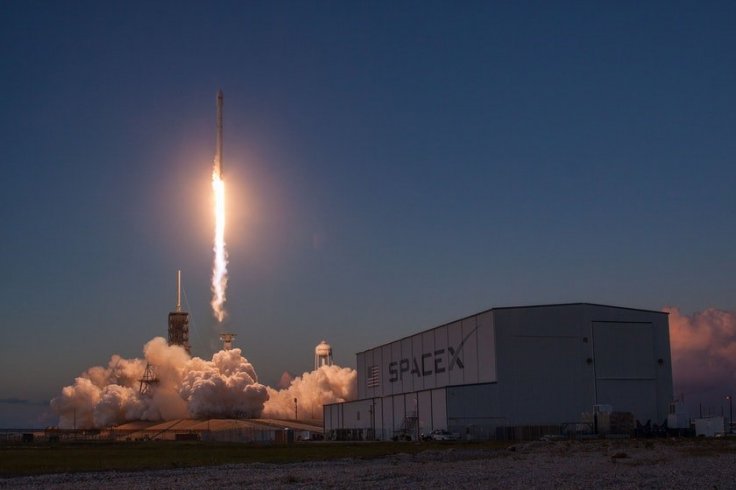Elon Musk's SpaceX recently sent two NASA astronauts to the International Space Station (ISS) in a first-ever commercially-operated crewed mission. The coming week it's scheduled to launch its tenth group of Starlink satellites and later this month it will launch a GPS satellite for the US military.
That's not all SpaceX also plans to build floating launchpads for traveling to the moon, Mars. "SpaceX is building floating, superheavy-class spaceports for Mars, moon & hypersonic travel around Earth" tweeted Musk earlier this week.
About The Starship

The floating spaceports are being built and tested in a small city called Brownsville in southern Texas near the Mexico border. They are primarily to launch SpaceX starship rockets. The first three such prototypes were destroyed during testing, while the fourth one exploded during an engine test last month.
Last year Musk said that Starships are likely to go through not less than 20 design iterations before they are ready. Being 394 feet tall and 30 feet wide, it outsizes all rockets previously used in spaceflight. Impressively, SpaceX Starship consists of a 160-foot spacecraft plus a 230-foot booster, designed to be reusable. Musk had estimated that its launches may cost as little as $2 million, that's one percent of NASA's average launch cost, reports Singularity Hub.
Oil Rigs as Launch Pads
SpaceX is building floating, superheavy-class spaceports for Mars, moon & hypersonic travel around Earth https://t.co/zLJjz43hKw
— Elon Musk (@elonmusk) June 16, 2020
The launch will happen from a platform floating on water. Musk said the launches and landings will be far from heavily populated areas, possibly because of the sonic booms rockets cause. Further, the company plans to carry out up to three launches and landings per day, in the future. To do this the company might just refurbish existing oil rigs, as Musk says. The oil industry is ailing for now and after the pandemic, most likely, the rigs will be cheap.
Marine life might get impacted if something goes wrong. A Boeing-founded company called Sea Launch also has a floating launchpad where it launched over 30 boosters with a communications satellite. There is no information about how many more ideas will the company act on, in addition to the hyperloop transportation, implanting electrodes in the human brain, million-mile car battery, global satellite-enabled internet, or "occupy Mars."
We need to be far enough away so as not to bother heavily populated areas. The launch & landing are not subtle. But you could get within a few miles of the spaceport in a boat.
— Elon Musk (@elonmusk) June 16, 2020









